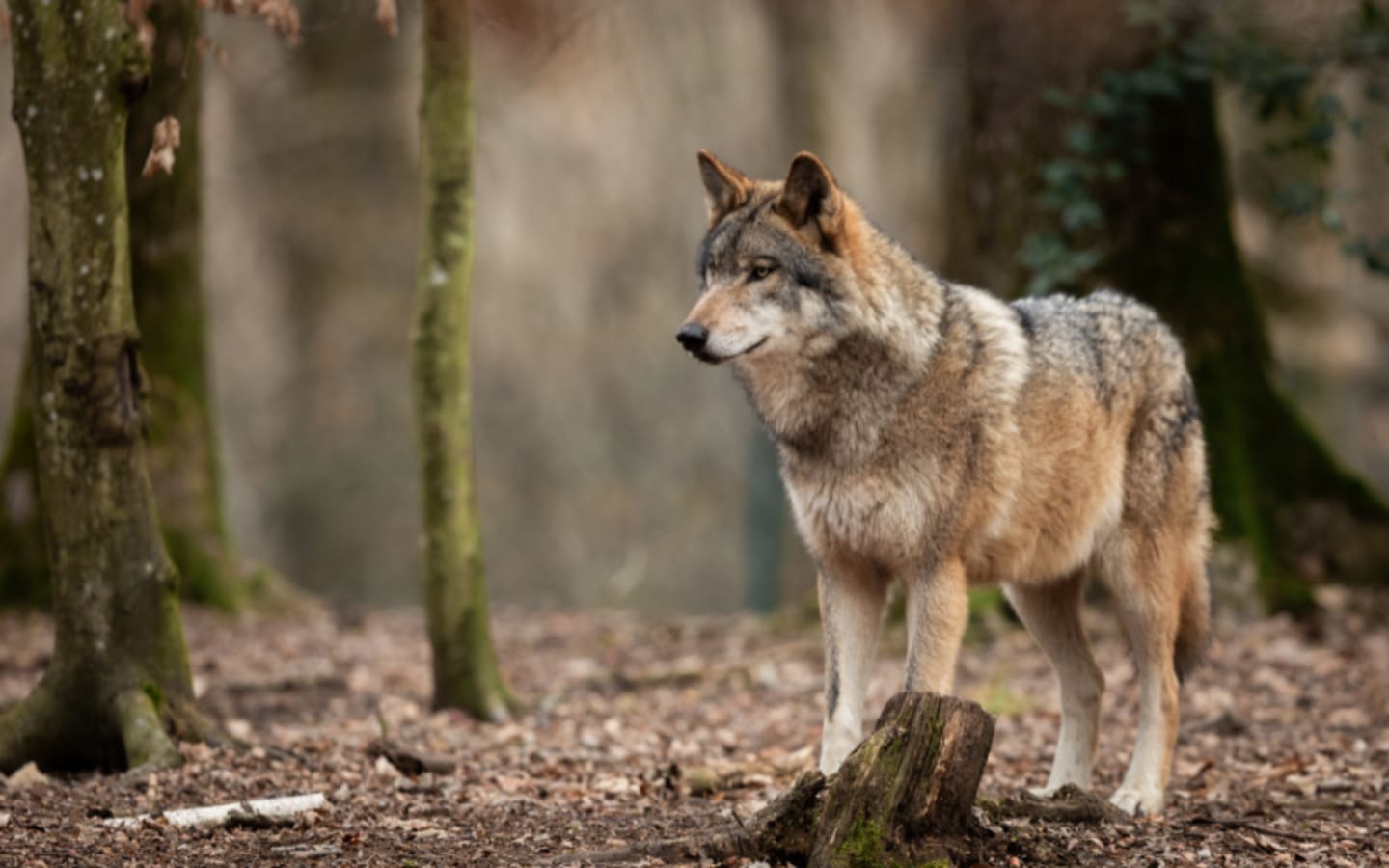Colorado’s grey wolf reintroduction, launched in 2023, has stirred up a mess of challenges for wildlife officials, ranchers, and the wolves themselves. The state’s attempt to bring back these predators has sparked heated debates, with tensions running high between protecting livestock and ensuring the wolves’ survival. At the heart of this struggle is a bold, unconventional idea: using roadkill to keep wolves away from cattle. It’s a gritty, practical approach that’s got people talking, and it might just hold the key to balancing Colorado’s wildlife goals with the needs of its ranchers.
The grey wolf reintroduction was always going to be a tough sell. Colorado Parks and Wildlife (CPW) knew they were walking into a storm when they released the first wolves into the wild. The animals, once a natural part of the state’s ecosystem, had been gone for decades, and bringing them back meant navigating a minefield of competing interests. Ranchers worried about their livestock, conservationists pushed for ecological balance, and CPW found itself caught in the middle, spending hours at commission meetings hashing out wolf policies instead of focusing on other game species like elk and deer. At a June 11 meeting, CPW Director Jeff Davis tried to steer clear of the wolf topic entirely, but it crept into the conversation almost immediately, proving just how unavoidable this issue has become.
One idea floated by Davis during the meeting was “diversionary feeding.” The concept is straightforward: scatter roadkill or other meat in strategic spots to lure wolves away from cattle, especially vulnerable calves and yearlings. It’s a tactic born out of necessity, as wolves in areas like the Copper Creek pack have developed a taste for beef, much to the frustration of local ranchers. The hope is that by giving wolves an easier meal, they’ll leave livestock alone and stick to their natural role as predators of elk and other wild game. But there’s a catch—some worry this could make wolves lazy, discouraging them from hunting and undermining the whole point of reintroduction, which is to restore their natural behaviors.
The idea of feeding wolves roadkill isn’t entirely new, though it’s not a common practice in the U.S. West. CPW’s Davis mentioned that other states have had success with it, but the only clear example comes from south of the border in Mexico. There, wildlife managers working on Mexican wolf reintroduction in Chihuahua and Sonora used domestic pig meat to divert wolves from cattle. A study from 2012 to 2022 showed promising results: the more pork the wolves ate, the less they went after cattle. Over that decade, pork made up about 26% of the wolves’ diet, while cattle dropped to 20%, with the rest coming from whitetail deer, skunks, and rodents. It’s evidence that diversionary feeding can work, but it’s not a one-size-fits-all solution.
Another example comes from Alaska, where wildlife officials tried a similar tactic to protect newborn moose calves from brown bears. Between 1985 and 1991, the Alaska Department of Fish and Gamecollected moose carcasses killed by cars or trains, stored them under sawdust through the winter, and then distributed them during calving season. In one year alone, they dumped 12 metric tons of moose scraps in a single area. The results were striking—moose calf survival rates nearly tripled compared to previous years, and wolves were spotted scavenging the carcasses. But Alaska’s approach relied on a seasonal problem, while Colorado’s wolf-cattle conflicts are a year-round headache, making it harder to apply the same strategy.
Back in Colorado, the Copper Creek wolf pack has become a poster child for the challenges of reintroduction. After being relocated from Grand County earlier this year due to cattle attacks, the pack settled near large ranches around Carbondale and Aspen—and promptly resumed killing livestock. Local rancher Mike Cerveny, who runs cattle on Lost Marbles Ranch near Aspen, has felt the impact firsthand. He’s lost several animals to wolves but insists he’s not against their return. What frustrates him is the timing and placement of the reintroduction. Dropping wolves into ranch country in the dead of winter, when temperatures plummet to 20 below zero, practically guarantees they’ll go after easy prey like cattle. “It’s the dumbest thing in the world,” Cerveny told reporters, summing up the sentiment of many in the area.
The situation has escalated to the point where CPW has had to take drastic measures. This spring, they hired two full-time range-riders to help ranchers protect their herds and scare off wolves. They also made the tough call to kill a young male wolf, known as number 2405, after it was linked to three separate cattle attacks in May. Using electronic calls to lure it in, CPW biologists took it down with a single shot from a .308 rifle. It was the first wolf deliberately killed by the state since reintroduction began, but with tensions still high, it’s unlikely to be the last.
The roadkill feeding idea is still just that—an idea. CPW hasn’t committed to it yet, and there are plenty of concerns to sort out. For one, nobody wants to turn wolves into scavengers that rely on handouts instead of hunting. Travis Black, CPW’s northwest regional manager, put it bluntly: “The goal is not to create a pack of wolves that is seeking to be a predator simply by putting out feed for them to come get.” Wolves are supposed to roam, track elk herds, and play their part in the ecosystem, not hang around waiting for a free meal. There’s also the logistical challenge of where to get enough roadkill and how to distribute it effectively in a state as sprawling as Colorado.
Despite the hurdles, the idea of diversionary feeding is gaining traction because the alternative—more cattle losses and more wolves killed—benefits no one. Ranchers are understandably fed up, and CPW is under pressure to find solutions that work for both the wolves and the people sharing the land with them. If roadkill can keep wolves fed and away from livestock, it could be a win-win, reducing conflicts while giving the wolves a chance to adapt to their new home. But it’s a big “if.” The science from Mexico and Alaska suggests it’s worth a shot, but Colorado’s unique landscape, climate, and ranching culture mean any plan will need to be carefully tailored.
For now, the debate rages on. CPW’s commission meetings are consumed by wolf talk, and every decision feels like a tightrope walk between conservation goals and economic realities. Ranchers like Cerveny want practical solutions, not just promises, and they’re skeptical after seeing the wolves dropped into their backyard with little warning. Meanwhile, wildlife officials are scrambling to balance their mandate to protect the wolves with the very real losses faced by ranchers. Whether roadkill becomes part of the solution remains to be seen, but one thing’s clear: Colorado’s wolf experiment is a high-stakes gamble, and everyone’s watching to see how it plays out.





